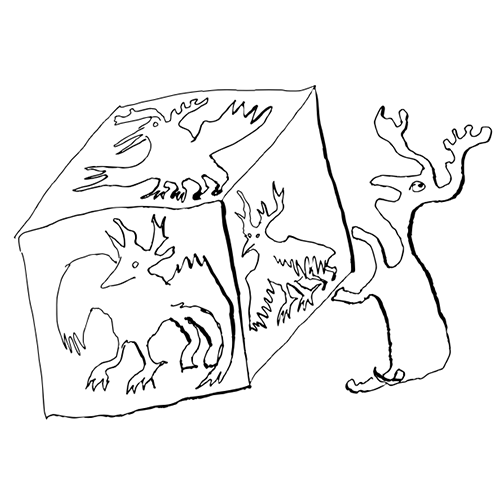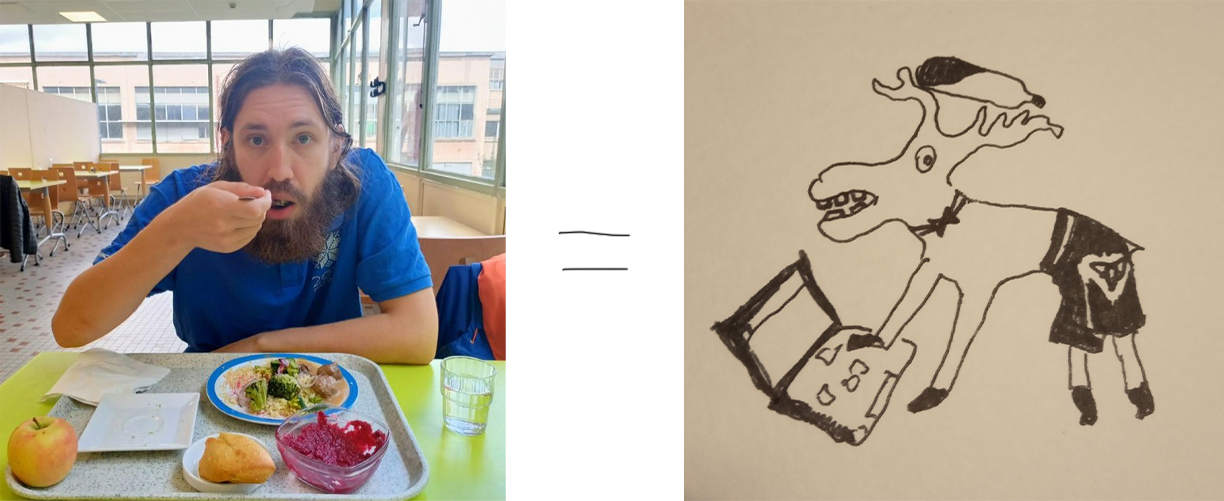Cherkashin Danila Dmitrievich
Associated professor at IMI BAS, Sofia, Bulgaria
I spend most of my life in Saint-Petersburg.
I was a student of St. Petersburg University in 2009–2015 with the diploma “Weak forms of
shadowing in topological dynamics” under the supervision of S. Kryzhevich.
PhD thesis “Extremal problems in hypergraph colorings” under the
supervision of A. Raigorodskii and F. Petrov, defended at PDMI, 2018.
In mathematics I mainly like some proofs which explain the underlying structure of the problem and can be recited by heart.
Selected papers

Random Structures & Algorithms 47(3), 407–413, 2015. Let \(r \geq 2\) be a fixed integer. In this paper we combine Pluhar’s greedy approach with a random coloring to show that every \(n\)-uniform hypergraph with at most \(c \left ( \frac{n}{\ln n} \right ) ^{\frac{r-1}{r}} r^n\) edges has a proper \(r\)-coloring.
St. Petersburg Mathematical Journal 29, 761–775, 2018. We show that for every positive \(\varepsilon\) the chromatic number of the unit distance graph with vertex set \(\mathbb{R}^2 \times [0,\varepsilon]^2\) is at least 6.
ESAIM: Control, Optimisation and Calculus of Variations 24 (3), 1015–1041, 2018. We prove that a set of maximal distance minimizers of a smooth convex closed curve with small curvature consists only of horseshoes (a horseshoe is the union of an arc and two tangent segments to the ends of the arc)
Journal of Combinatorial Theory, Series B 139, 353-359, 2019. Given an integer matrix \(A\) we construct an \(n\)-graph \(H(A)\) which has positive discrepancy (id est there is no red-blue colouring such that every edge has equal red and blue parts) if and only if \(\mbox{det}(A) \not | \, n\). The number of edges in \(H(A)\) is equal to the sum of maximal entries of rows of \(A\). This gives an example close to the lower bound obtained by Alon, Kleitman, Saks, Seymour and Pomerance in 1987
SIAM Journal on Discrete Mathematics 34 (2), 1326–1333, 2020. Let \(m(n,r)\) denote the minimal number of edges in an \(n\)-uniform hypergraph which is not \(r\)-colorable. We prove that for any fixed \(n\) the sequence \(a_r := \frac{m(n,r)}{r^n}\) has a (positive) limit, which was conjectured by Alon. We also prove the list colorings analogue of this statement.
Russian Mathematical Surveys 75 (1), 89–146, 2020. This is a survey with the main focus on the results obtained during the last decade.
We describe the topology of any maximal distance minimizers for a given rectangle and small enough positive \(r\). Surprisingly, a minimizer has no natural symmetry. That is my favorite one.
Linear Algebra and its Applications 655, 302–313, 2022. We apply Lovász bound on the independence number of a graph to show that a family of vectors in \(\mathbb{Z}_k^n\) which is pairwise orthogonal and self-orthogonal (modulo \(k\)) has at most \(k^{n/2}\) members.
Discrete & Computational Geometry, 2023. We prove the conjecture of G.J. Simmons, i.e. that every coloring of a 2-dimensional sphere of radius strictly greater than \(1/2\) in three colors has a couple of monochromatic points at the distance 1 apart. The proof combines Borsuk theorem with the implicit function theorem so it does not provide an explicit subgraph with chromatic number 4.
Fractal and Fractional 7 (5), 414, 2023. We construct an example of a self-similar indecomposable solution of the Steiner problem for an uncountable input. Later E. Paolini and E. Stepanov show that such a solution is unique for the input.
Gilbert--Steiner problem is a generalization of the Steiner tree problem on a specific optimal mass transportation. We show that every branching point in a solution of the planar Gilbert--Steiner problem has degree 3.
Not human (животное)

Contacts